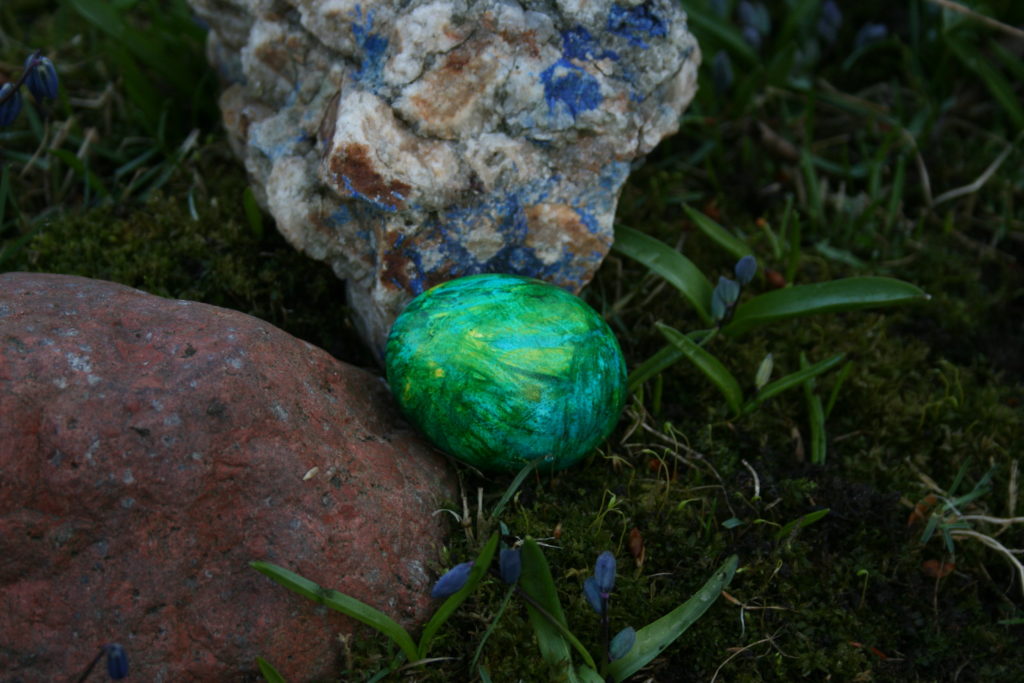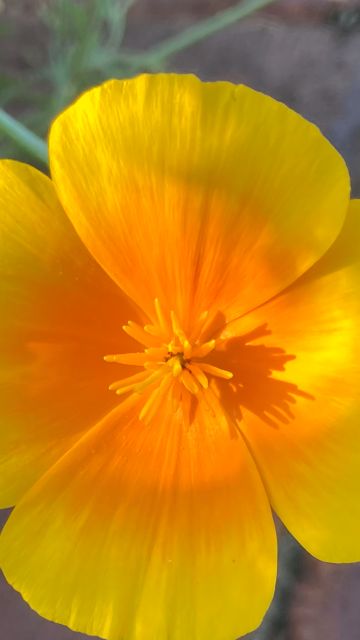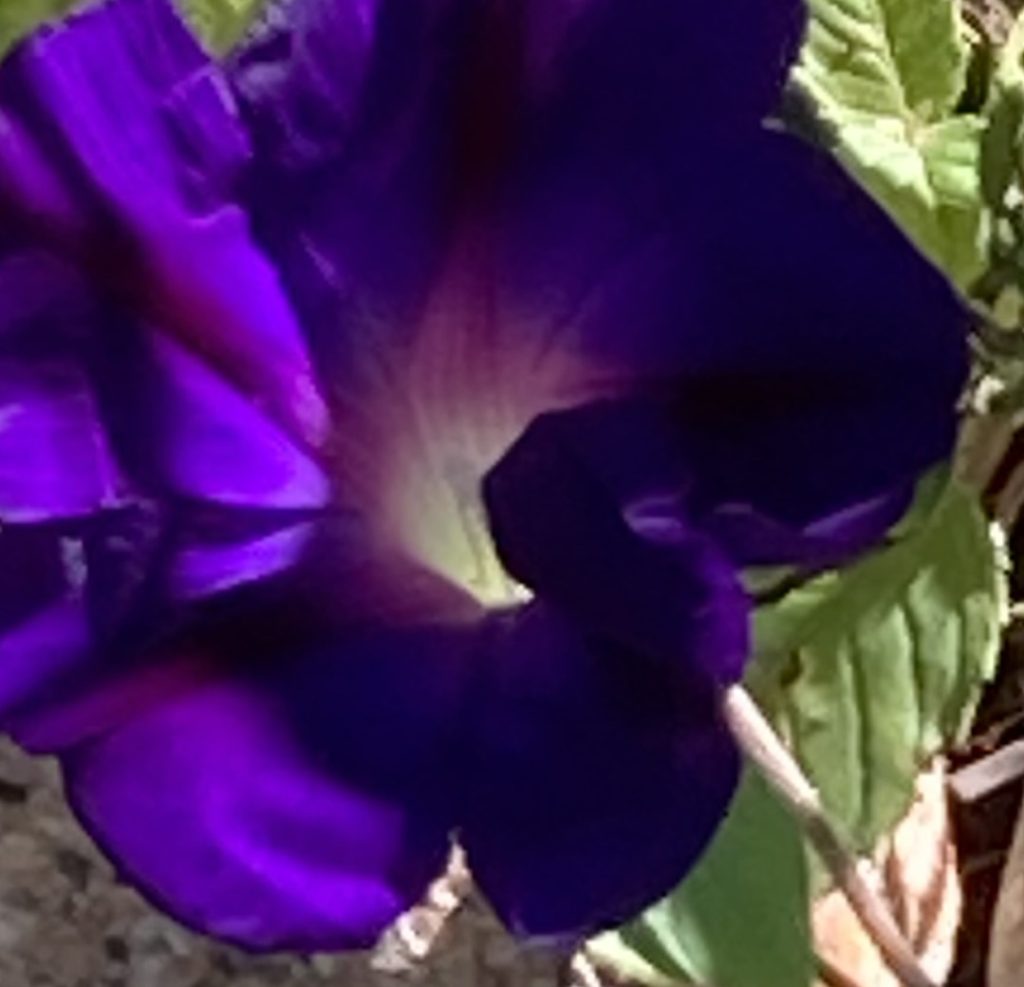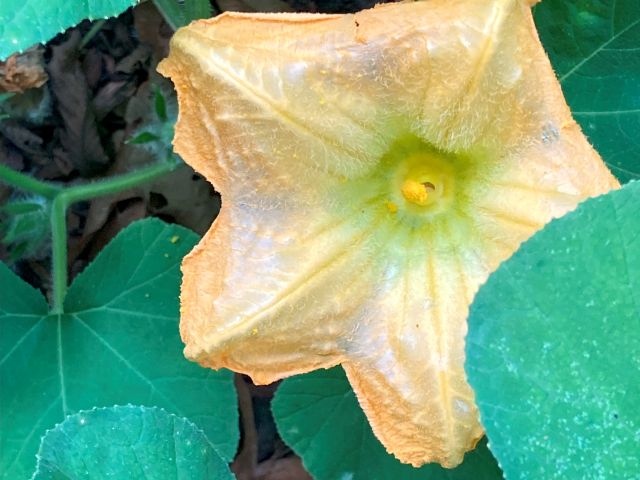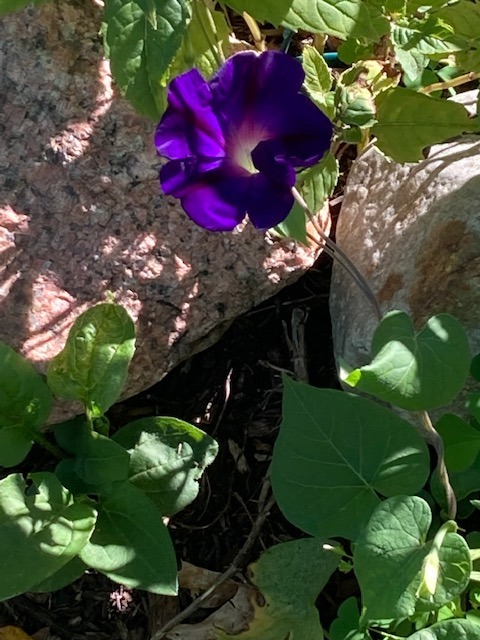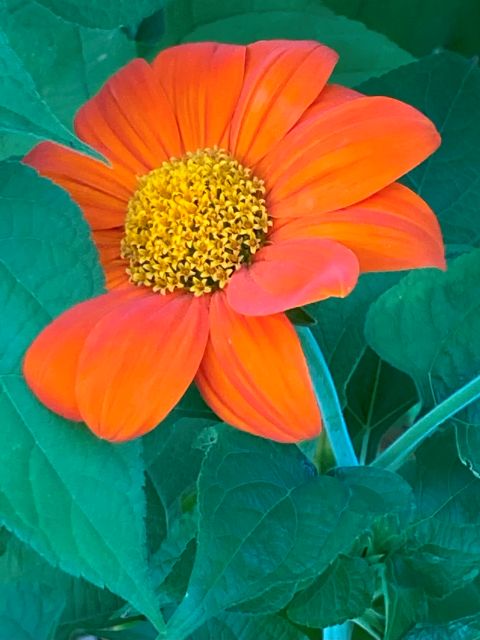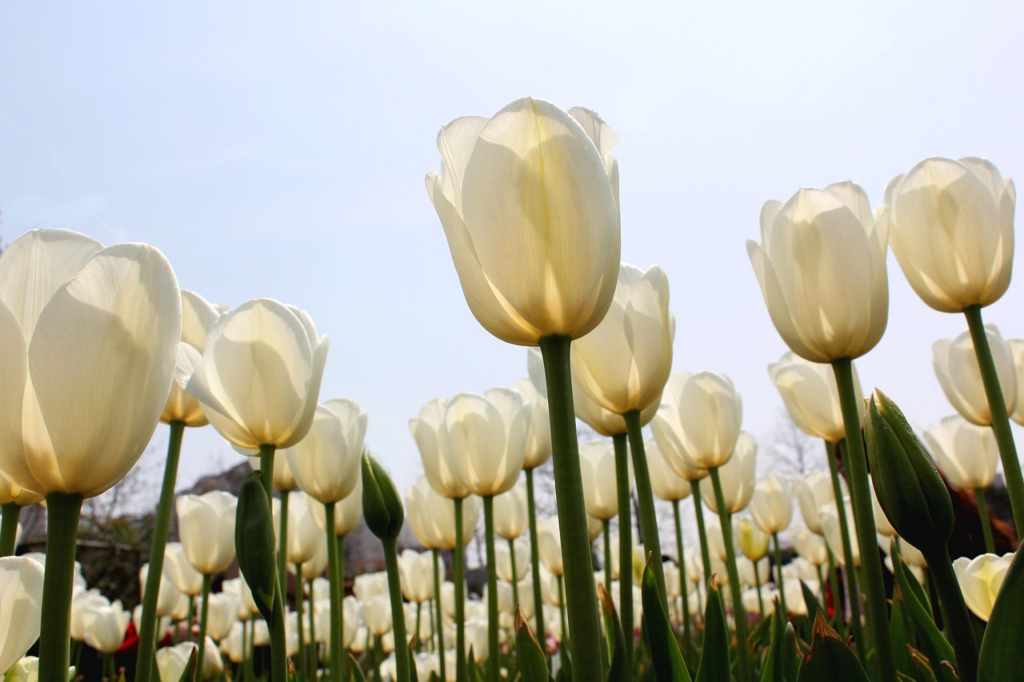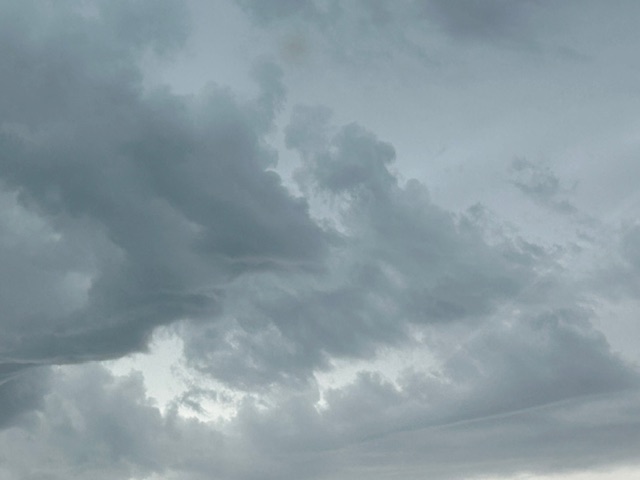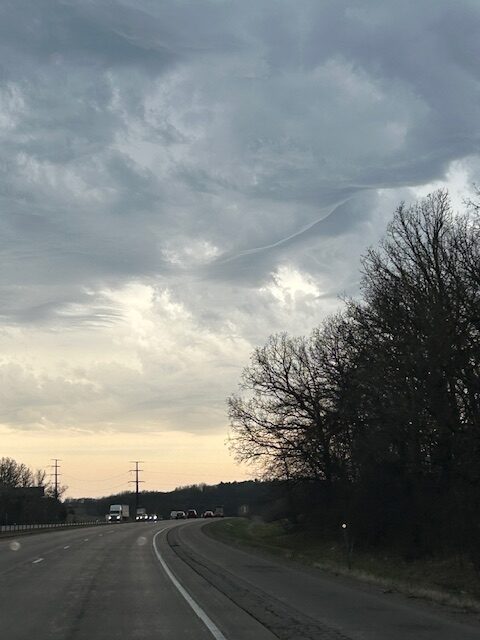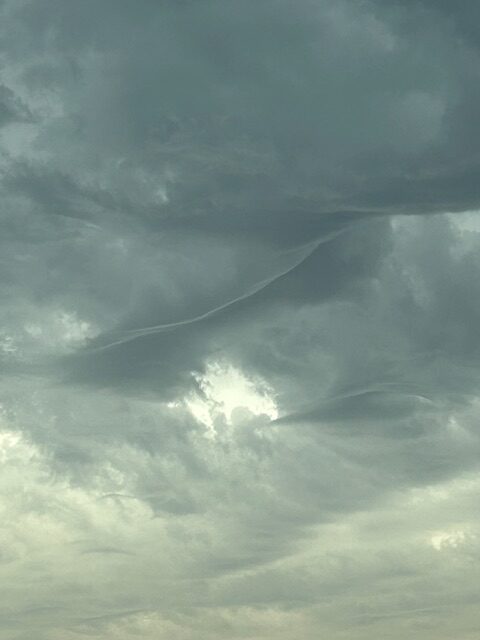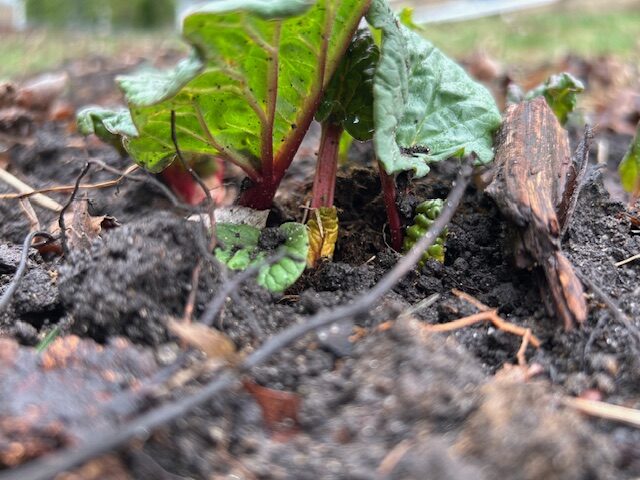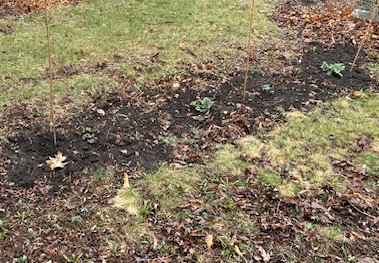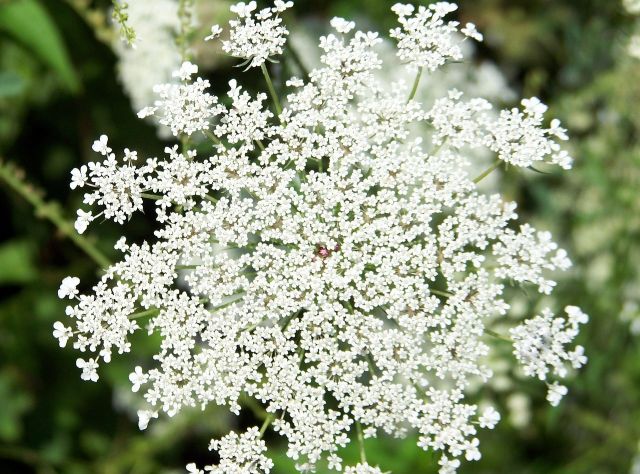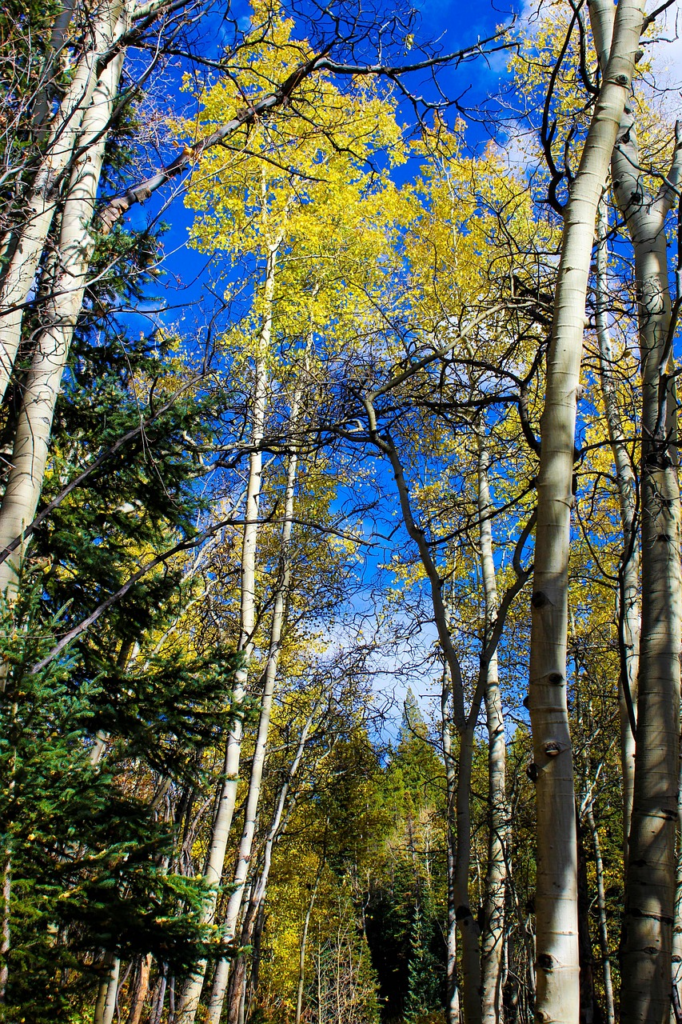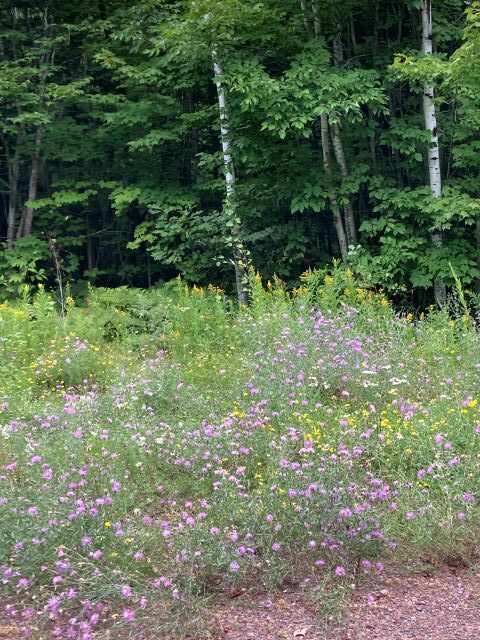
The poem that resulted today is a bit of a stretch from the prompt word found in Rosendahl’s glossary, “unarmed.” What, I wondered, does this adjective have to do with plants? I learned that “armed” plants are those with thorns. From there–with a hop, skip, and a leap–I thought of the anniversary trip that Tim and I took two years ago to the place we serendiptiously found on our honeymoon, then later returned to as first home-buyers, but had not seen for many years. This time, the little house we had briefly owned was not to be seen from the street due to overgrown vegetation, and this reminded me very strongly at the time of the fairy tale of Sleeping Beauty, of the impentrable barrier of thorny brambles that repelled visitors.
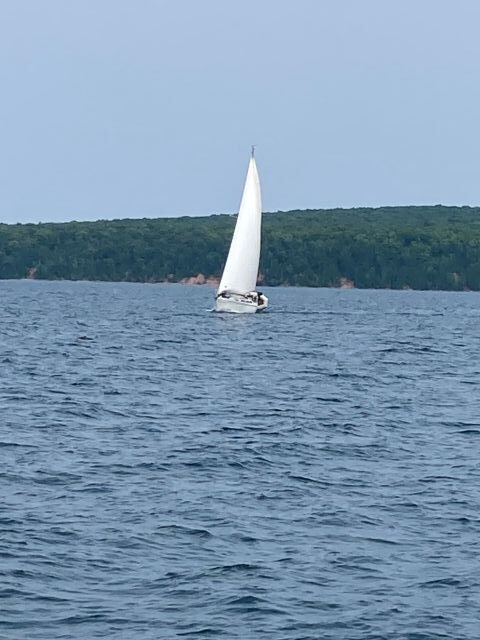
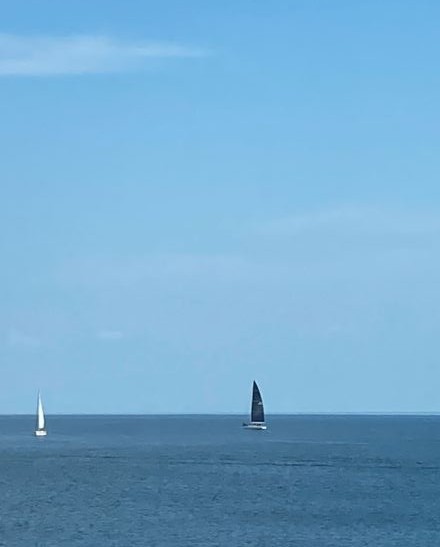
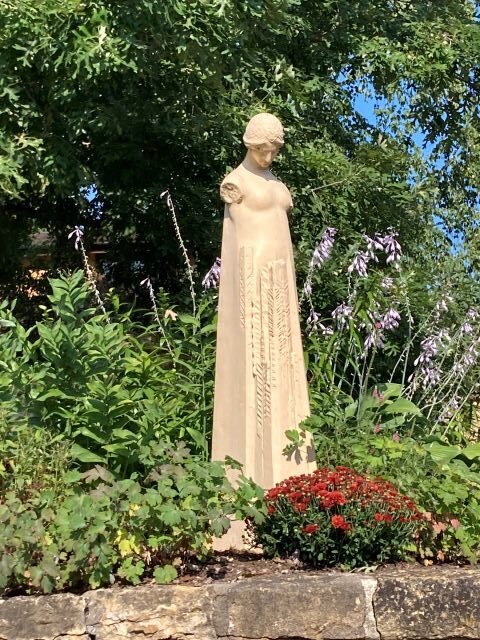
From there, I thought of images from that summer–sails that remind me of thorns and, conversely, the statue of the unarmed woman, called “Flower in a Crannied Wall,” beloved by Frank Lloyd Wright and reproduced in several locations in his Spring Green, Wisconsin home, Taliesin.
Wishing you a fairy tale happy ending to a magical day, LESLIE


